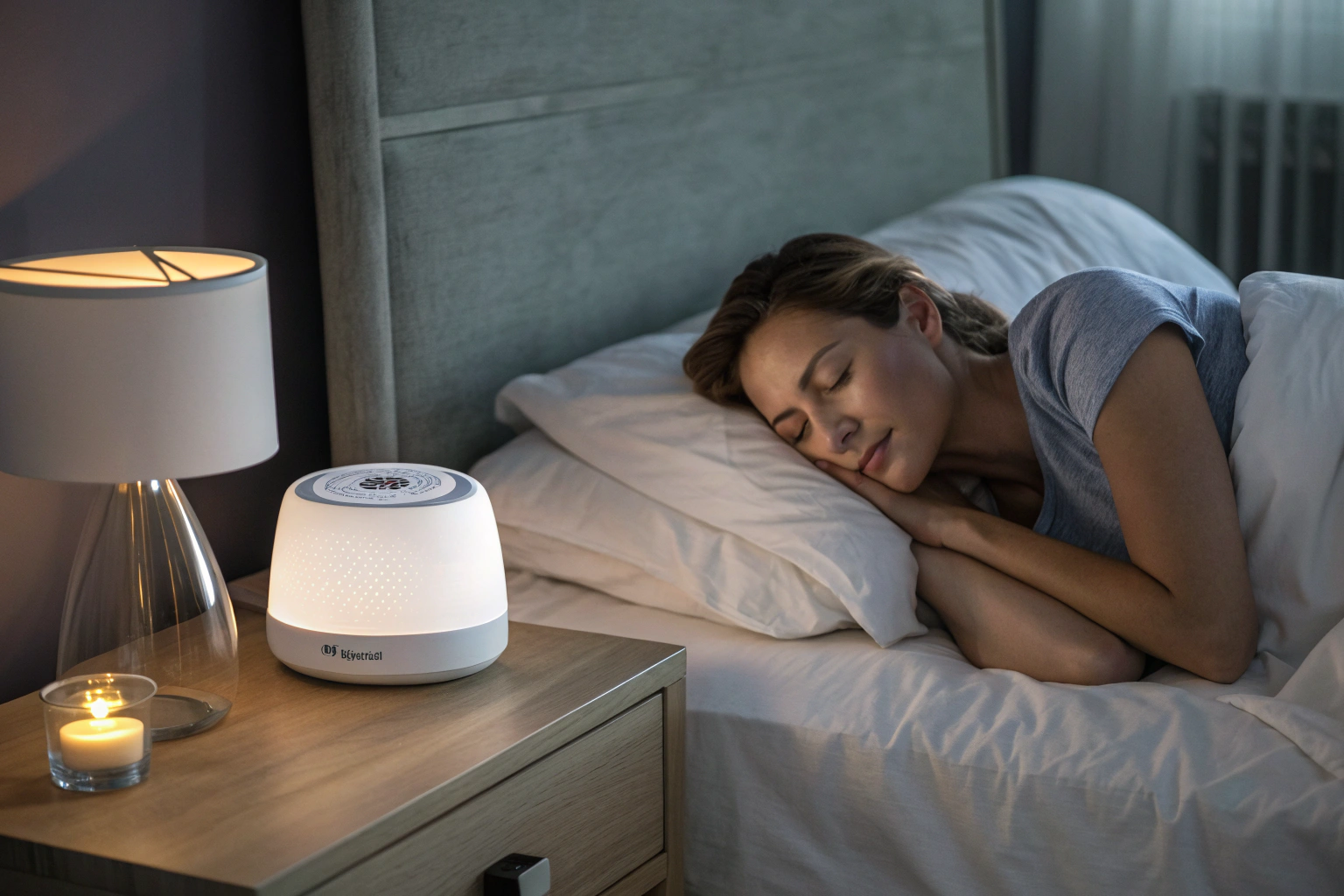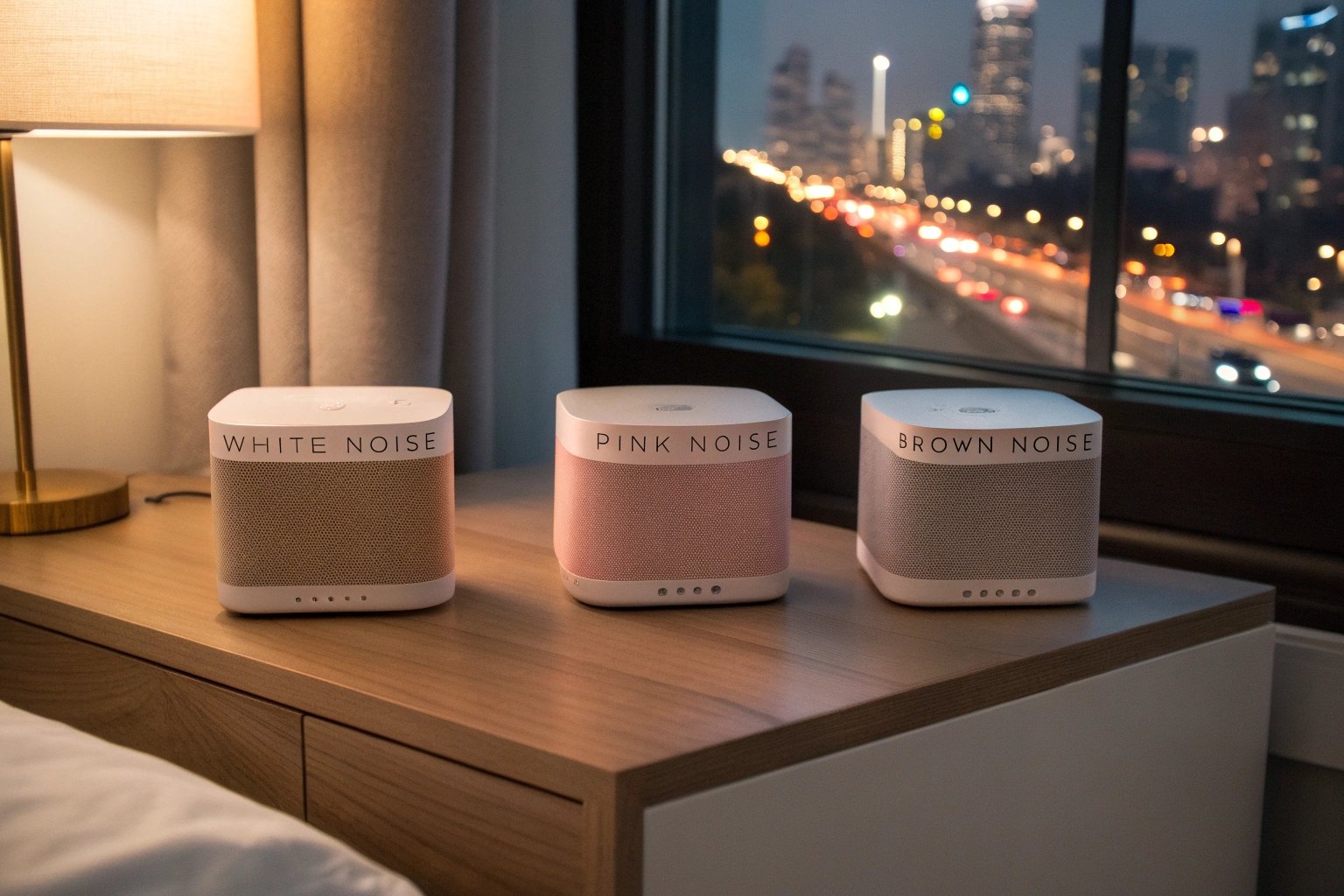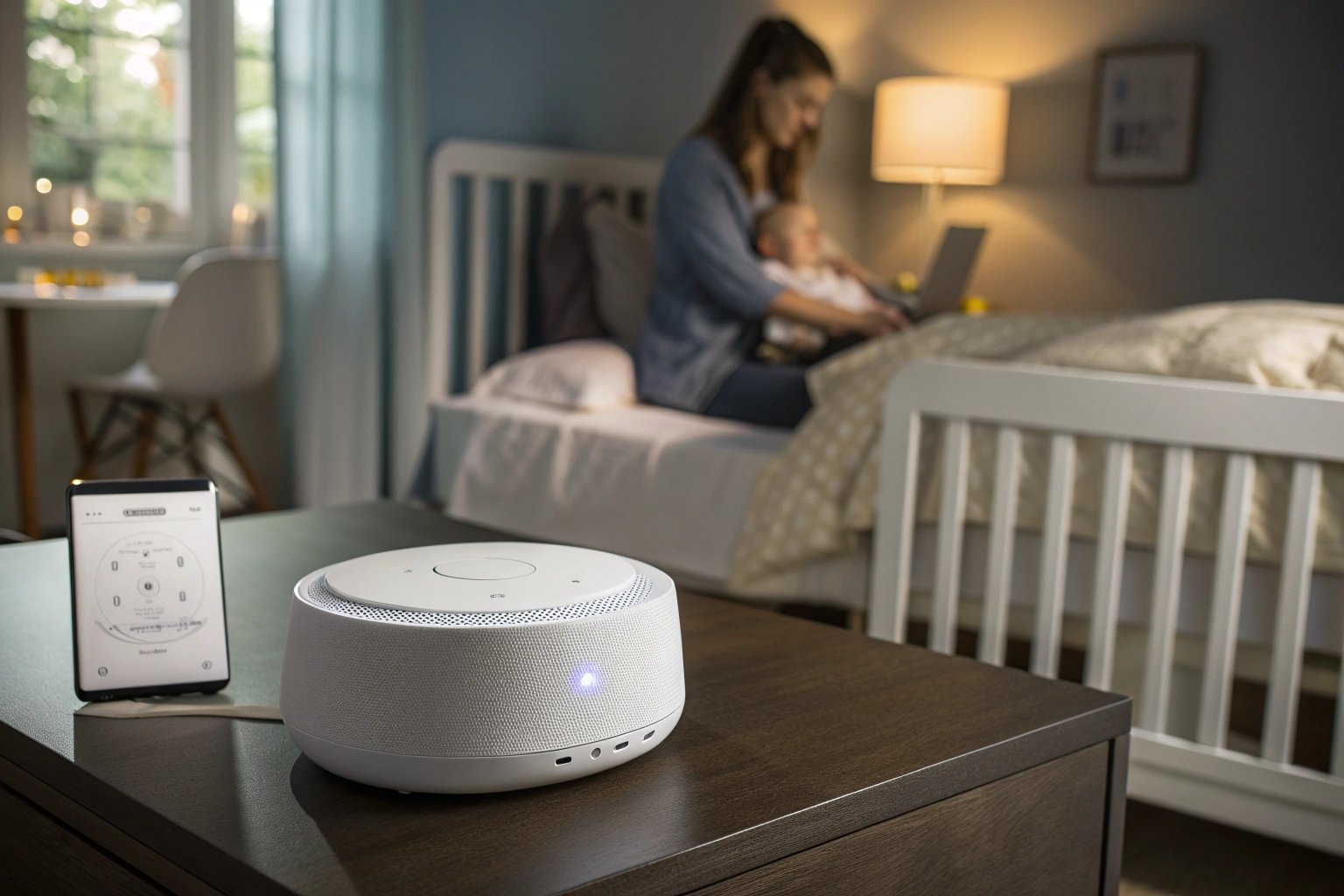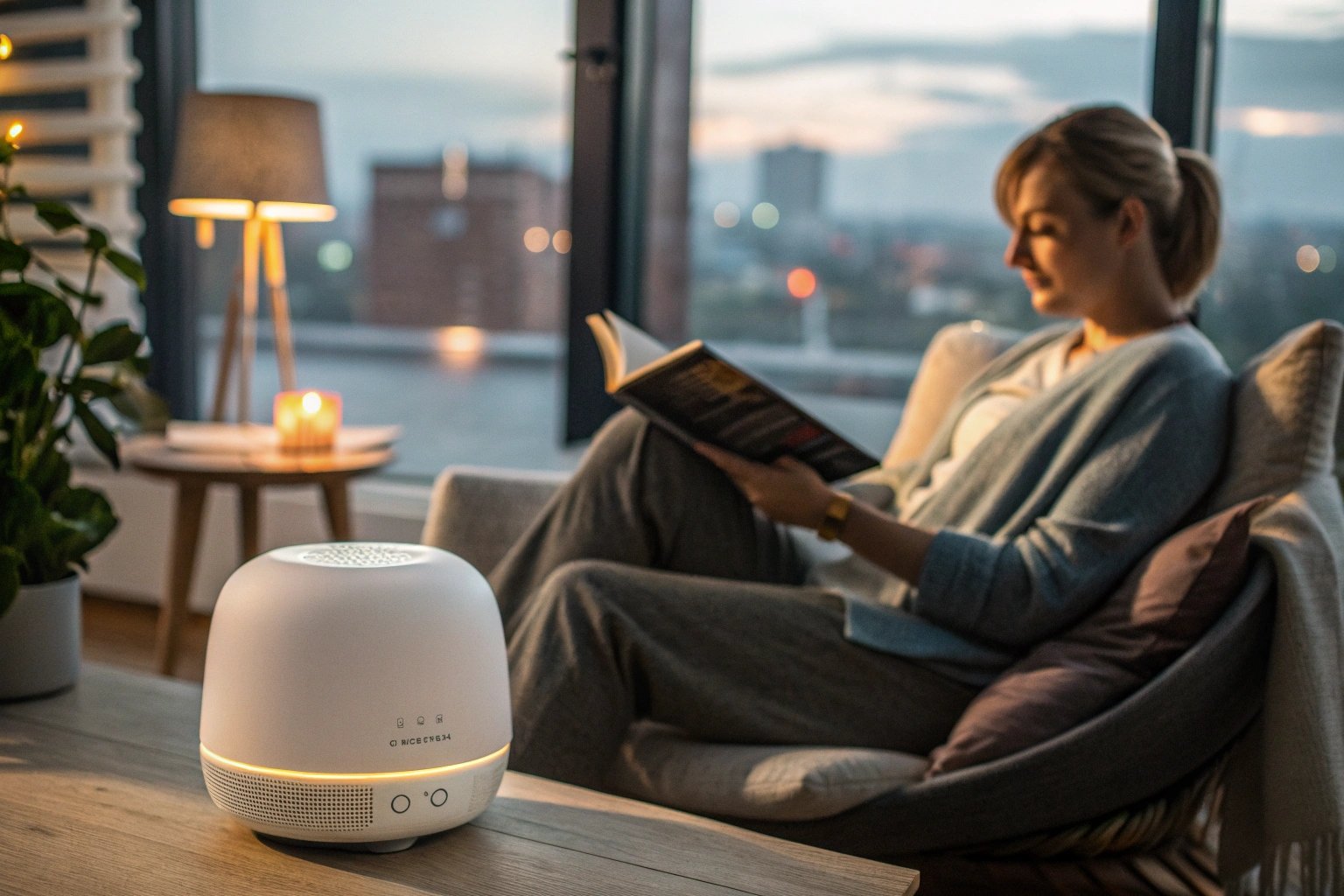Sleep problems, poor focus, and stress from daily noise affect many people. White noise machines have become a popular solution, but are they always the right choice?
White noise machines can improve sleep, mask unwanted sounds, and boost concentration, but they may also cause dependence or discomfort for sensitive listeners.

Like any tool, white noise machines come with both benefits and drawbacks. Understanding both sides helps in making a confident decision.
What are the advantages of using a white noise machine?
Modern lifestyles expose people to constant noise—traffic, neighbors, or household activity. For many, this becomes a barrier to rest and focus.
The main advantages are better sleep quality, effective noise masking, improved focus, and stress relief.

White noise works by producing a consistent sound that reduces the impact of sudden disturbances. This makes it easier to fall asleep and stay asleep, even in noisy environments. Many users report deeper rest and fewer nighttime awakenings.
In work or study settings, white noise provides a steady audio background that improves concentration. By masking distractions, the brain can maintain focus for longer periods. This makes it especially useful for remote workers, students, or professionals in open spaces.
Beyond sleep and productivity, white noise also reduces stress. Gentle soundscapes such as rain or ocean waves promote relaxation and create a calming atmosphere. Adjustable features like timers and portable sizes add further convenience, making these devices versatile for home, office, or travel.
What are the drawbacks of white noise machines?
While white noise has clear benefits, some users may experience challenges. These issues are important to consider before relying on the device.
The drawbacks include potential dependency, discomfort for sensitive listeners, and energy use from prolonged operation.

Dependency is one of the most common concerns. Relying on white noise every night may make it harder to sleep in environments without the device. For frequent travelers, forgetting the machine can lead to restless nights.
Some people with sensitive hearing find the constant sound irritating rather than soothing. Poor-quality devices can produce unnatural tones, metallic distortions, or repetitive loops that cause more frustration than relief. This highlights the importance of selecting a well-engineered model.
Energy consumption and maintenance are also worth noting. Machines that run for long hours every day require durable components and safe operation standards. Choosing a high-quality unit minimizes risks of overheating and ensures long-term reliability.
How to choose a suitable white noise machine?
The effectiveness of white noise depends largely on the device itself. Features, design, and sound quality all play a role in user experience.
Key considerations include sound variety, adjustable volume, audio quality, portability, and durability.

Sound variety allows users to select environments that match personal preference, from natural tones like rainfall to simple fan noise. Adjustable volume ensures the device adapts to both quiet and noisy settings.
High-quality audio prevents distortion and avoids listener fatigue. Portability is valuable for those who need consistent sound when traveling. For long-term use, durability and strong engineering matter more than extra features.
Professionally designed machines often combine advanced sound technology with practical features such as timers, memory functions, and rechargeable options. Investing in a reliable device maximizes benefits while reducing the drawbacks associated with cheaper alternatives.
Conclusion
White noise machines offer real advantages for people struggling with noise-related stress, poor sleep, or low focus. They can transform the environment into a calmer, more balanced space. At the same time, potential drawbacks like dependency and discomfort for sensitive listeners should not be ignored.
The key lies in selecting a well-made machine with strong audio quality and useful features. When chosen wisely, it becomes more than a simple gadget—it becomes a tool that supports healthier sleep, better focus, and overall well-being.

